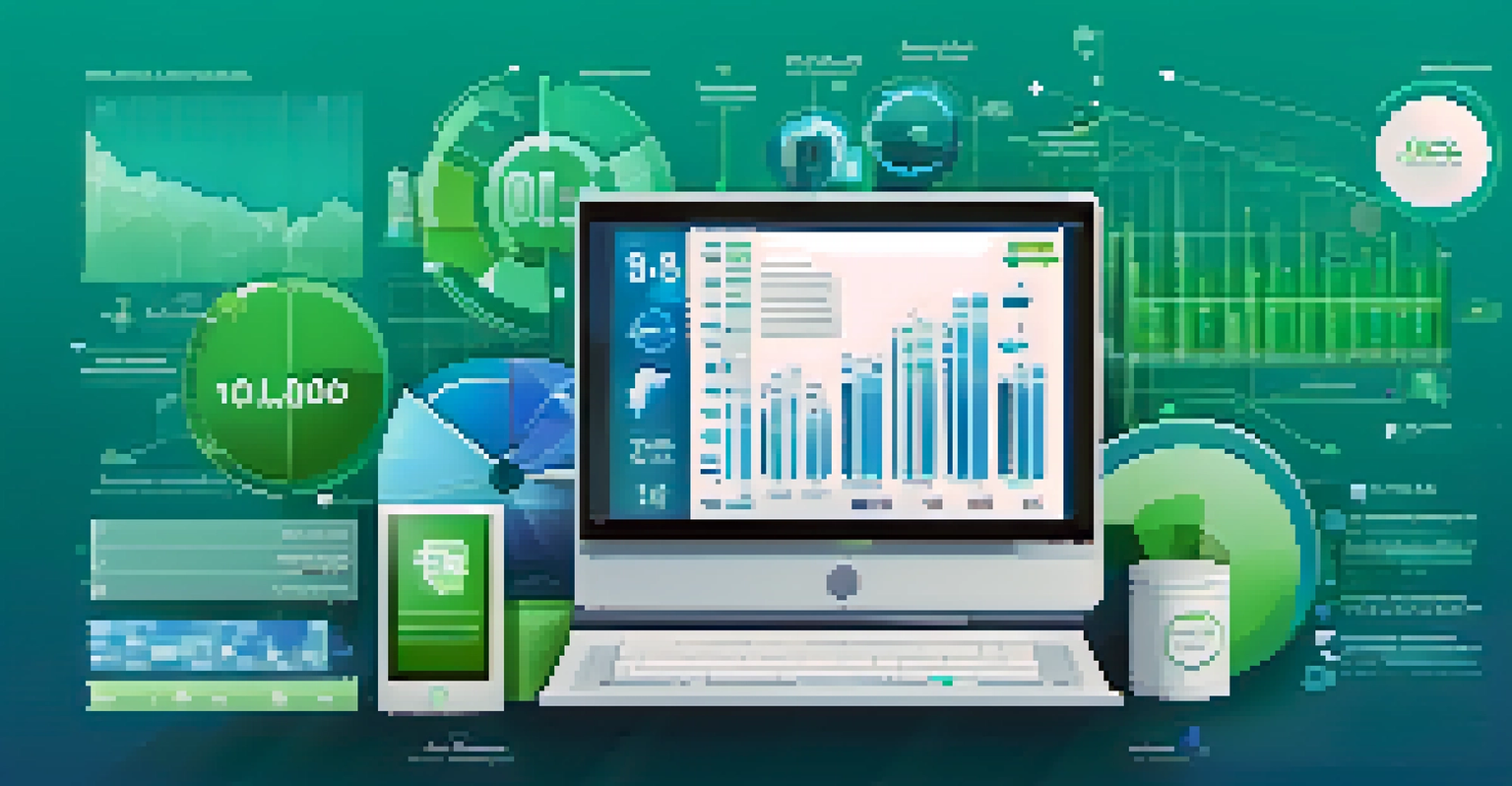Data-Driven Marketing: Techniques to Understand Your Audience

What is Data-Driven Marketing and Why It Matters
Data-driven marketing is all about leveraging data to make informed marketing decisions. By analyzing customer behavior and preferences, brands can tailor their strategies to better meet the needs of their audience.
Without data, you're just another person with an opinion.
This approach not only enhances customer engagement but also maximizes return on investment. For example, a retailer can use purchasing data to recommend products tailored to individual shoppers, thus improving sales.
Related Resource
In a world flooded with information, understanding your audience through data can set your brand apart. It empowers marketers to create campaigns that resonate, ultimately fostering loyalty and trust.
Collecting the Right Data: Where to Start
The first step in data-driven marketing is knowing what data to collect. Start with demographic information, such as age, location, and gender, as it provides a foundational understanding of your audience.

Next, delve into behavioral data, which includes how customers interact with your website or social media. Tools like Google Analytics can offer insights into which pages attract the most visitors or where users drop off.
Harnessing Data for Marketing Success
Data-driven marketing enables brands to make informed decisions by analyzing customer behavior and preferences.
Remember, the quality of your data is crucial. It's better to have a smaller pool of accurate and relevant data than a large set of misleading information that could lead you astray.
Analyzing Data to Uncover Audience Insights
Once you've collected data, the next step is analysis. This process can reveal patterns and trends that help you understand what your audience values most.
The goal is to turn data into information, and information into insight.
For instance, you might find that a significant portion of your customers prefers eco-friendly products. This insight can guide your marketing efforts and product development.
Related Resource
Using tools like data visualization can make this analysis easier to digest. Graphs and charts can illustrate complex data in a way that's straightforward, helping you spot opportunities quickly.
Segmentation: Tailoring Your Marketing Efforts
Segmentation involves dividing your audience into smaller groups based on shared characteristics. This allows for more personalized marketing strategies that resonate better.
For example, a fitness brand might segment its audience into categories like beginners, intermediate, and advanced athletes. Each group can receive tailored content that speaks directly to their fitness level.
Segmentation Enhances Engagement
Dividing audiences into segments allows for personalized marketing strategies, increasing the likelihood of conversions.
This targeted approach can significantly increase engagement rates and conversions, as people are more likely to respond to messages that feel personal and relevant.
Utilizing Customer Feedback for Continuous Improvement
Customer feedback is an invaluable source of data. Surveys, reviews, and social media interactions provide insights into how your audience perceives your brand and its offerings.
Encouraging feedback can help you identify areas for improvement. For instance, if multiple customers mention a specific pain point, addressing it can enhance the customer experience.
Related Resource
Moreover, acting on feedback shows your audience that you value their opinions, which can strengthen loyalty and encourage repeat business.
Implementing A/B Testing for Better Marketing Decisions
A/B testing, or split testing, is a technique where you compare two versions of a campaign to see which performs better. This method allows you to make data-driven decisions rather than relying solely on intuition.
For example, you could test two different email subject lines to see which one has a higher open rate. The results can inform your future campaigns and help optimize your marketing strategy.
Future Trends in Data Marketing
Emerging technologies like AI and machine learning are set to revolutionize data analysis and audience engagement.
This iterative approach not only improves engagement but also saves money in the long run by ensuring you're investing in what truly works.
Integrating Data Across Marketing Channels
To maximize the effectiveness of your data-driven efforts, it's essential to integrate data across all marketing channels. This means bringing together insights from social media, email marketing, and website analytics.
When you have a holistic view of your audience, you can create more cohesive campaigns. For instance, retargeting ads on social media based on email engagement can keep your brand top-of-mind.

This comprehensive approach allows for a seamless customer journey, enhancing the overall experience and increasing the likelihood of conversions.
The Future of Data-Driven Marketing: Trends to Watch
As technology evolves, so does data-driven marketing. Emerging trends like artificial intelligence and machine learning are reshaping how we analyze and engage with audiences.
These technologies can automate data analysis and offer predictive insights, allowing marketers to anticipate customer needs and preferences more accurately.
Staying ahead of these trends will be crucial for brands looking to maintain a competitive edge. Embracing innovation in data utilization can lead to more effective marketing strategies in the years to come.